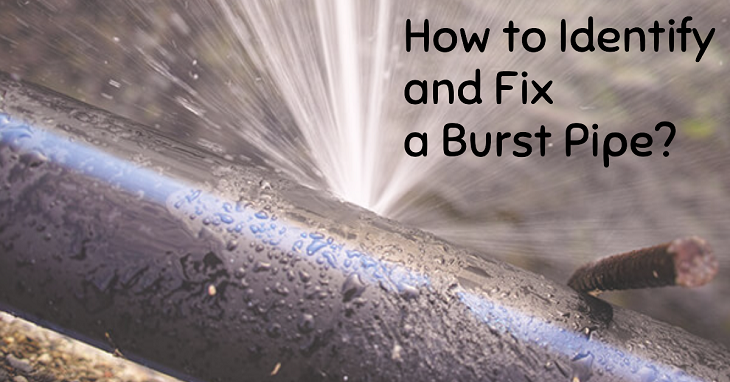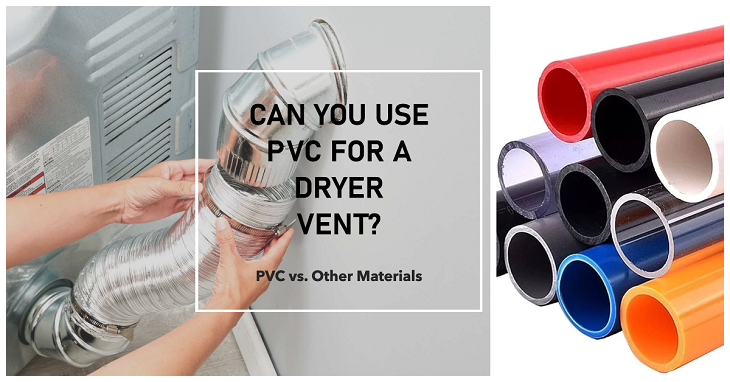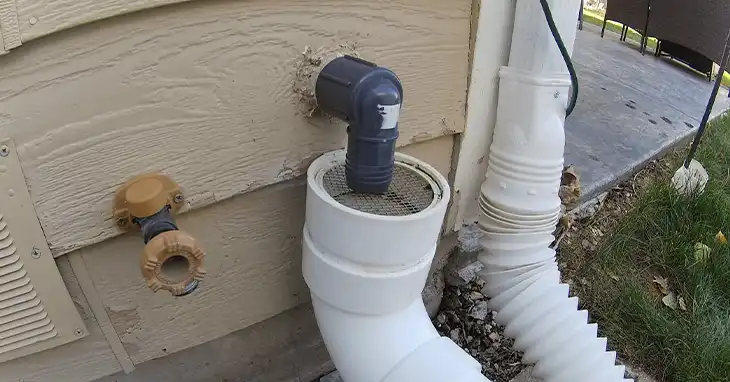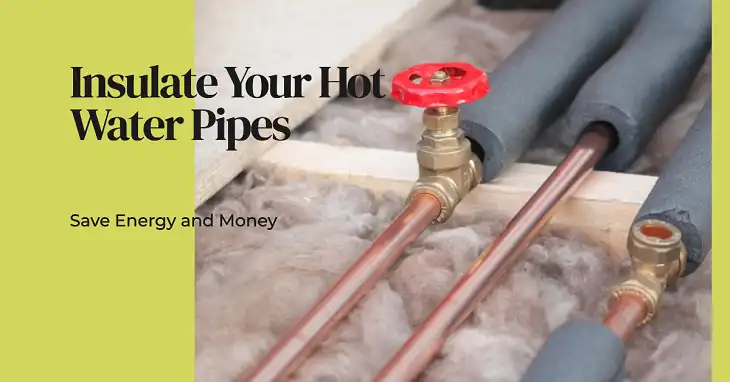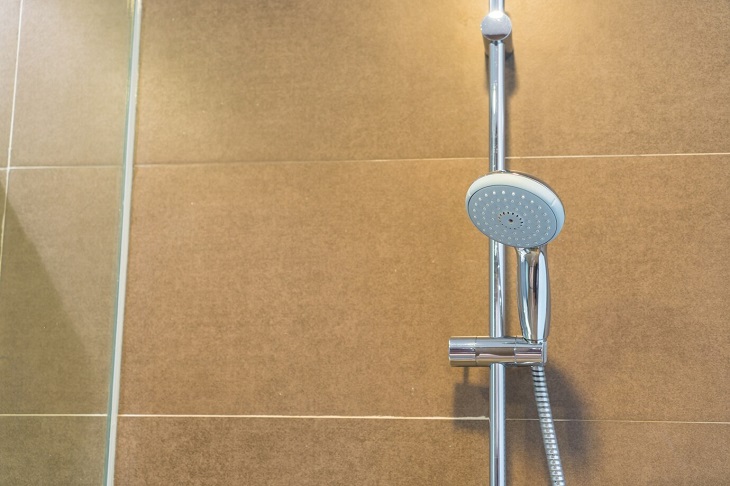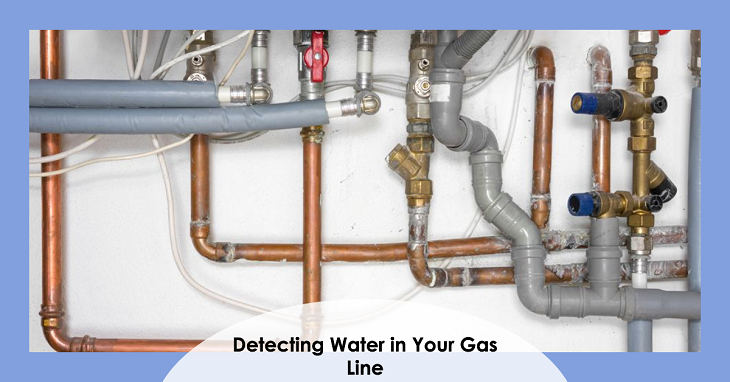Why Should You Not Use a Plunger with Drano?
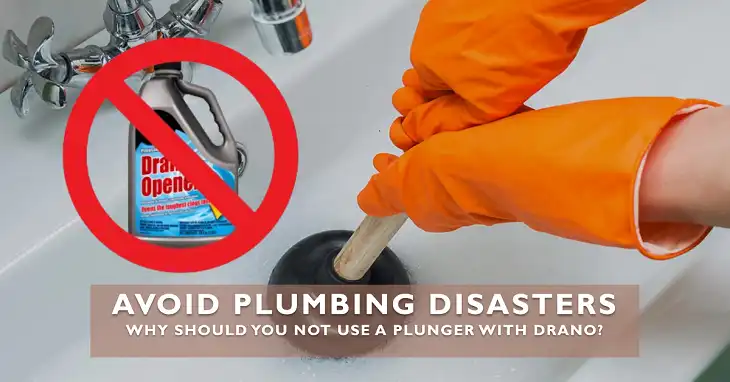
When a drain becomes clogged, it’s easy to reach for the nearest solution. Drano, a popular chemical drain cleaner, and a trusty plunger are common tools people turn to in these frustrating situations. However, combining these two methods can lead to dangerous outcomes. The simple answer to why you should not use a plunger with Drano is that the combination can cause harmful chemical reactions, resulting in severe burns, pipe damage, and other risks that far outweigh the temporary relief of a clear drain. In this article, we will explain why this combination is hazardous, backed by science and expert advice, and discuss safer alternatives to tackle those stubborn clogs.
What is Drano and How Does it Work?
Understanding Drano’s Chemical Composition
Drano is a chemical solution specifically designed to break down clogs in drains. The primary active ingredients in Drano include sodium hydroxide (lye), sodium nitrate, sodium chloride (salt), and aluminum. Sodium hydroxide is a strong base that reacts with fats and grease, breaking them down into soap and glycerol, making it easier for the clog to dissolve. The aluminum reacts with sodium hydroxide, producing heat and gas that help to break apart the clog. This heat also speeds up the breakdown of organic materials, such as hair, that may be causing the blockage.

How Drano Works to Clear Clogs
When you pour Drano into a drain, the chemicals immediately begin reacting with the clog, generating heat and gas that push through the blockage. The sodium hydroxide dissolves the fats and grease, while the aluminum chips react with the other chemicals to produce additional heat and bubbles that break apart the clog. This process can be highly effective for certain types of blockages, such as those caused by grease, soap scum, and hair.
The Role of a Plunger in Clearing Clogs
How a Plunger Works: The Physics Behind It
A plunger operates on a simple yet effective principle: creating a vacuum to dislodge clogs. When you push the plunger down, it forces air into the drain, increasing pressure. When you pull the plunger up, it creates a vacuum that helps pull the clog out. The rapid pressure changes can effectively break apart or dislodge blockages, allowing water to flow freely again.

Types of Plungers and Their Uses
There are two main types of plungers: the cup plunger and the flange plunger. The cup plunger, often referred to as a sink plunger, has a flat, cup-shaped rubber end that works well for sinks and bathtubs. The flange plunger, also known as a toilet plunger, has an additional ring around the cup that creates a better seal for toilets. Both types rely on the same basic physics but are designed for different types of drains.
Why You Should Not Use a Plunger with Drano
Chemical Reactions and Dangers
Using a plunger after pouring Drano down the drain can lead to dangerous chemical reactions. Drano’s active ingredients, particularly sodium hydroxide, are highly caustic. When you plunge, you risk splashing these chemicals back up, potentially causing severe chemical burns to your skin or eyes. Additionally, the pressure from plunging can cause Drano to shoot out of the drain, creating a hazardous situation where anyone nearby could be exposed to these harmful substances.
The Risk of Pressure Build-up
Plunging after using Drano doesn’t just risk splashing dangerous chemicals. The mechanical force applied by a plunger can increase the internal pressure within the pipes. This pressure, combined with the heat generated by Drano’s chemical reaction, can weaken the structural integrity of the pipes, especially if they are older or made of materials like PVC. The result could be cracked pipes or leaks, which can lead to more extensive and costly damage over time.
Potential Damage to Plumbing
The combination of chemical reactions and mechanical pressure from plunging can also damage the seals and joints within your plumbing system. Over time, these components can degrade, leading to leaks or even burst pipes. Once these components are compromised, the entire plumbing system can be at risk, leading to costly repairs and potential water damage to your home.
Expert Warnings
Plumbing experts and safety organizations strongly advise against using a plunger in conjunction with Drano. According to the American Society of Plumbing Engineers, the risks of chemical burns and pipe damage make this a dangerous practice. Experts recommend waiting at least 24 hours after using a chemical drain cleaner before attempting any mechanical methods, and even then, it’s advisable to rinse the drain thoroughly with water first.
Safe Alternatives to Clear Clogs
Mechanical Methods
If you prefer a mechanical approach, a plunger can be very effective on its own. Ensure you create a proper seal around the drain with the plunger and use controlled, steady motions to avoid splashing or breaking the seal. For more stubborn clogs, consider using a plumber’s snake or drain auger, which can reach deeper into the drain to break apart or retrieve the blockage.
Chemical-free Solutions
For those looking to avoid chemicals altogether, there are several natural methods you can use to clear clogs. A mixture of baking soda and vinegar can be very effective. The combination creates a fizzy reaction that can help break down clogs and clean the pipes. Another option is enzyme-based drain cleaners, which use natural enzymes to eat away at organic material in the pipes. These methods are safer for both you and your plumbing system.
Calling a Professional
In some cases, clogs may be too severe for DIY methods. If you’ve tried plunging, natural solutions, and even a plumber’s snake with no success, it’s time to call a professional. A licensed plumber has the tools and expertise to safely clear even the most stubborn clogs, and they can also inspect your plumbing system to ensure there’s no underlying damage that needs to be addressed.
Preventing Clogs in the Future
Best Practices for Drain Maintenance
Preventing clogs is the best way to avoid the need for chemical cleaners and plungers. Regularly cleaning your drains with a mixture of hot water, baking soda, and vinegar can help keep them clear. Avoid pouring grease, coffee grounds, and food particles down the sink, as these are common causes of blockages. Installing drain guards in sinks and showers can also catch hair and other debris before it has a chance to clog your pipes.
Recommended Products for Preventing Clogs
There are several products on the market designed to help prevent clogs. Drain guards are inexpensive and easy to install, making them a great first line of defense. Enzyme-based drain cleaners are another good option, as they help keep pipes clean without the use of harsh chemicals. For those who want to take extra precautions, consider investing in a high-quality garbage disposal that can effectively break down food waste before it enters the plumbing system.
Frequently Asked Questiions
What happens if you use a plunger after Drano?
If you use a plunger after pouring Drano into your drain, it can create a dangerous situation. Drano contains harsh chemicals, including sodium hydroxide, which can cause severe burns if they come into contact with your skin. When you plunge, the pressure can cause the Drano to splash back out of the drain, potentially causing chemical burns to your skin or eyes. Additionally, the combination of chemical reactions and the mechanical force of the plunger can damage your plumbing, leading to leaks or burst pipes.
Why do plumbers say not to use Drano?
Plumbers often advise against using Drano because it can cause more harm than good. While Drano may be effective at dissolving certain types of clogs, its harsh chemicals can damage your pipes, particularly if they are older or made of materials like PVC. Over time, the repeated use of Drano can weaken pipe joints and seals, leading to leaks and other plumbing issues. Moreover, if Drano doesn’t fully clear the clog, it can sit in your pipes, causing further damage or creating a safety hazard if you later try to use mechanical methods like a plunger.
Why can’t you use a liquid plumber with a plunger?
Using a liquid plumber (like Drano or Liquid-Plumr) in combination with a plunger is not recommended for the same reasons as using Drano with a plunger. The chemicals in liquid drain cleaners can cause serious burns if they come into contact with your skin, and plunging can force these chemicals back out of the drain, increasing the risk of injury. Additionally, the pressure from the plunger combined with the heat generated by the chemical reaction can damage your pipes, leading to leaks or bursts.
Do you have to flush Drano with hot water?
Yes, you should flush Drano with hot water after letting it sit in the drain for the recommended time. The hot water helps to wash away the dissolved clog and any remaining chemicals. However, it’s important to follow the instructions on the Drano package carefully. Failing to flush with enough hot water can leave corrosive chemicals in your pipes, which can lead to damage over time.
Is it OK to unclog a sink with a plunger?
Yes, it is generally safe to unclog a sink with a plunger, provided you have not used any chemical drain cleaners like Drano beforehand. Plunging is an effective mechanical method to dislodge clogs in sinks, especially those caused by food particles, grease, or small debris. Make sure to create a good seal around the drain and use controlled, steady plunging motions to avoid splashing or breaking the seal.
What if I left Drano in the shower too long?
If you accidentally leave Drano in the shower drain for too long, it can cause significant damage to your plumbing. The chemicals in Drano are highly corrosive and can eat away at the pipes, especially if they are made of PVC or older materials. If this happens, flush the drain with plenty of water as soon as possible to dilute and wash away the Drano. If you notice any damage, such as leaks or reduced water flow, it’s important to call a plumber to assess and repair the issue.
Can you use a plunger on a bathtub?
Yes, you can use a plunger on a bathtub to clear clogs. The process is similar to using a plunger on a sink. First, ensure that you cover the overflow drain with a wet cloth to create a proper seal. Then, place the plunger over the drain and plunge with controlled, steady motions. This method can effectively dislodge hair, soap scum, and other debris that commonly cause bathtub clogs.
Can you use a plunger on a shower drain?
Yes, a plunger can be used on a shower drain to clear blockages. To do this effectively, make sure the drain cover is removed, and create a seal with the plunger over the drain opening. Use steady plunging motions to dislodge the clog. If the clog is caused by hair or soap scum, this method can be quite effective. However, if the clog persists, you may need to use a drain snake or call a professional plumber.
Is boiling water bad for pipes?
Boiling water can be harmful to certain types of pipes, especially those made of PVC. PVC pipes are not designed to withstand extreme temperatures, and repeated exposure to boiling water can weaken the material, leading to leaks or bursts over time. However, for metal pipes, such as those made of copper, boiling water is generally safe and can be an effective way to clear minor clogs caused by grease or soap residue. To avoid damaging your pipes, it’s best to use hot, but not boiling, water for routine drain maintenance.
What is the safest drain cleaner?
The safest drain cleaners are typically enzyme-based products. These cleaners use natural enzymes and bacteria to break down organic material, such as hair and food particles, without the use of harsh chemicals. They are non-toxic, environmentally friendly, and safe for all types of plumbing, including PVC and older pipes. While enzyme cleaners may take longer to work than chemical alternatives, they are much safer for both your plumbing system and your health.
Bottom Line
In summary, using a plunger with Drano is not just ineffective, it’s dangerous. The risks of chemical burns, pipe damage, and costly repairs make this combination a clear no-go. Instead, consider safer methods such as natural cleaning solutions or professional plumbing services for stubborn clogs. By understanding the dangers and knowing your options, you can keep your drains clear without putting yourself or your plumbing system at risk.

